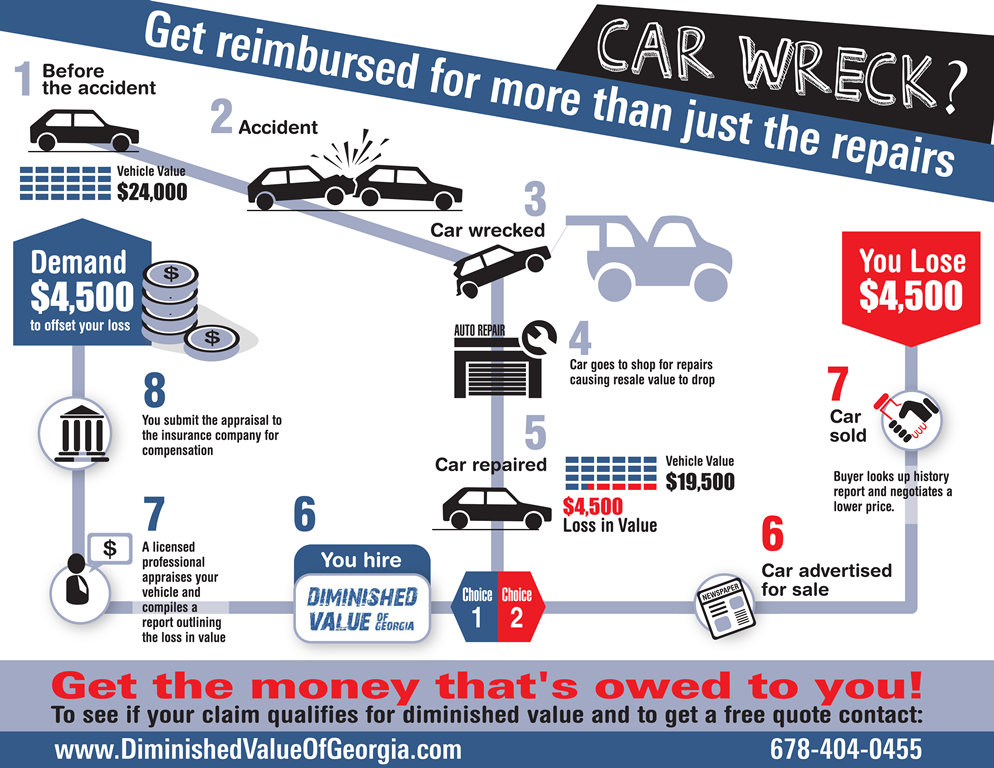Assessing Your Automobile'S Warning Indicators: What They Really Convey
Assessing Your Automobile'S Warning Indicators: What They Really Convey
Blog Article
https://frontbrakesandrotors28495.blog-eye.com/30045784/a-years-of-progress-in-auto-explaining-techniques By-Faulkner Shepherd
When you lag the wheel, those beautiful warning lights on your dashboard can be a little bit puzzling. Do you know what they're trying to inform you concerning your car's health? Recognizing the relevance of these lights is important for your safety and security and the long life of your car. So, the following time one of those lights turns up, would not you want to decode its message properly and take the required steps to resolve it?
Common Warning Lights and Interpretations
Recognize usual caution lights in your car and comprehend their significances to make sure safe driving.
One of the most normal warning lights include the check engine light, which indicates concerns with the engine or discharges system. If this light comes on, it's crucial to have your vehicle examined promptly.
The oil pressure alerting light indicates low oil pressure, needing prompt focus to avoid engine damage.
A flashing battery light could suggest a faulty charging system, potentially leaving you stranded otherwise dealt with.
The tire stress tracking system (TPMS) light informs you to reduced tire stress, impacting vehicle security and gas performance. Disregarding this can bring about harmful driving conditions.
The ABS light suggests a problem with the anti-lock braking system, endangering your ability to stop swiftly in emergency situations.
Last but not least, the coolant temperature advising light warns of engine getting too hot, which can result in extreme damages otherwise dealt with promptly.
Comprehending these typical warning lights will certainly help you attend to concerns promptly and preserve risk-free driving problems.
Value of Prompt Attention
Comprehending the usual caution lights in your auto is only the very first step; the value of without delay dealing with these cautions can not be highlighted enough to guarantee your security when driving.
When a warning light illuminates on your dashboard, it's your cars and truck's method of connecting a prospective problem that needs interest. Overlooking these warnings can lead to much more extreme problems down the road, endangering your safety and security and potentially costing you more out of commission.
Prompt interest to alerting lights can avoid break downs and accidents. As an example, a blinking check engine light could suggest a misfire that, if left neglected, might trigger damage to the catalytic converter. Resolving https://transmission-oil-change50628.smblogsites.com/29941468/the-makeover-of-vehicle-outlining-practices-over-the-last-10-years without delay can conserve you from an expensive repair service.
In a similar way, a brake system cautioning light may indicate reduced brake fluid or worn brake pads, vital elements for your safety and security when driving.
DIY Troubleshooting Tips
If you discover a caution light on your control panel, there are a couple of DIY troubleshooting pointers you can try prior to looking for specialist help.
The very first step is to consult your auto's guidebook to comprehend what the certain caution light indicates. Often simply click the up coming web site can be as simple as a loosened gas cap causing the check engine light. Tightening up the gas cap may deal with the issue.
One more common problem is a reduced battery, which can cause different advising lights. Inspecting the battery connections for deterioration and ensuring they're safe and secure might deal with the trouble.
If a warning light continues, you can attempt resetting it by disconnecting the cars and truck's battery for a few minutes and then reconnecting it. In addition, examining your car's fluid degrees, such as oil, coolant, and brake fluid, can help repair alerting lights associated with these systems.
Conclusion
Finally, understanding your cars and truck's caution lights is important for keeping your vehicle running smoothly and securely. By promptly dealing with these informs and understanding what they imply, you can stay clear of pricey repairs and prospective failures.
Keep in mind to consult your car's guidebook for specific details on each advising light and take action accordingly to make certain a trouble-free driving experience.
Stay educated, stay secure when driving!
